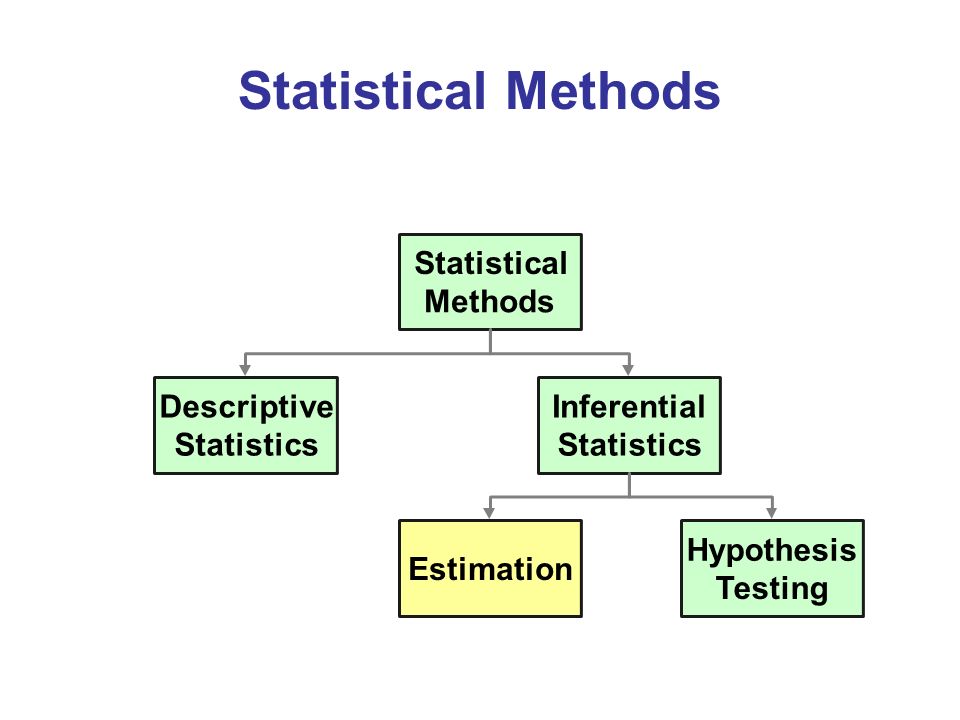Null Hypothesis Significance Testing (NHST) has long been central to the scientific project, guiding theory development and supporting evidence-based intervention and decision-making. Recent years, however, have seen growing awareness of serious problems with NHST as it is typically used, and hence to proposals to limit the use of NHST techniques, to abandon these techniques and move to alternative statistical approaches, or even to ban the use of NHST entirely. These proposals are premature, because the observed problems with NHST all arise as a consequence of a contingent and in many cases incorrect choice: that of NHST testing against point-form nulls. We show that testing against distributional, rather than point-form, nulls is better motivated mathematically and experimentally, and that the use of distributional nulls addresses many problems with the standard point-form NHST approach. We also show that use of distributional nulls allows a form of null hypothesis testing that takes into account both the statistical significance of a given result and the probability of replication of that result in a new experiment. Rather than abandoning NHST, we should use the NHST approach in its more general form, with distributional rather than point-form nulls.
翻译:“NHST”长期以来一直是科学项目的核心,指导理论发展和支持基于证据的干预和决策;然而,近年来,人们日益认识到,通常使用NHST的严重问题,因此,有人提议限制使用NHST技术,放弃这些技术,改用其他统计方法,甚至完全禁止使用NHST。这些提议还为时过早,因为NHST观察到的问题都是由应急因素和许多情况不正确的选择引起的:NHST测试对点形废品进行。我们表明,对分布式而非点形废品的测试在数学上和实验上都更有动力,而且使用分布式废品处理许多使用标准点格式NHST方法的问题。我们还表明,使用分配性废品可以进行某种形式的虚假测试,既考虑到给定结果的统计意义,又考虑到在新实验中复制结果的可能性。我们不应放弃NHST,而是应该使用NHST方法,而不是放弃NHST的数学和实验。




